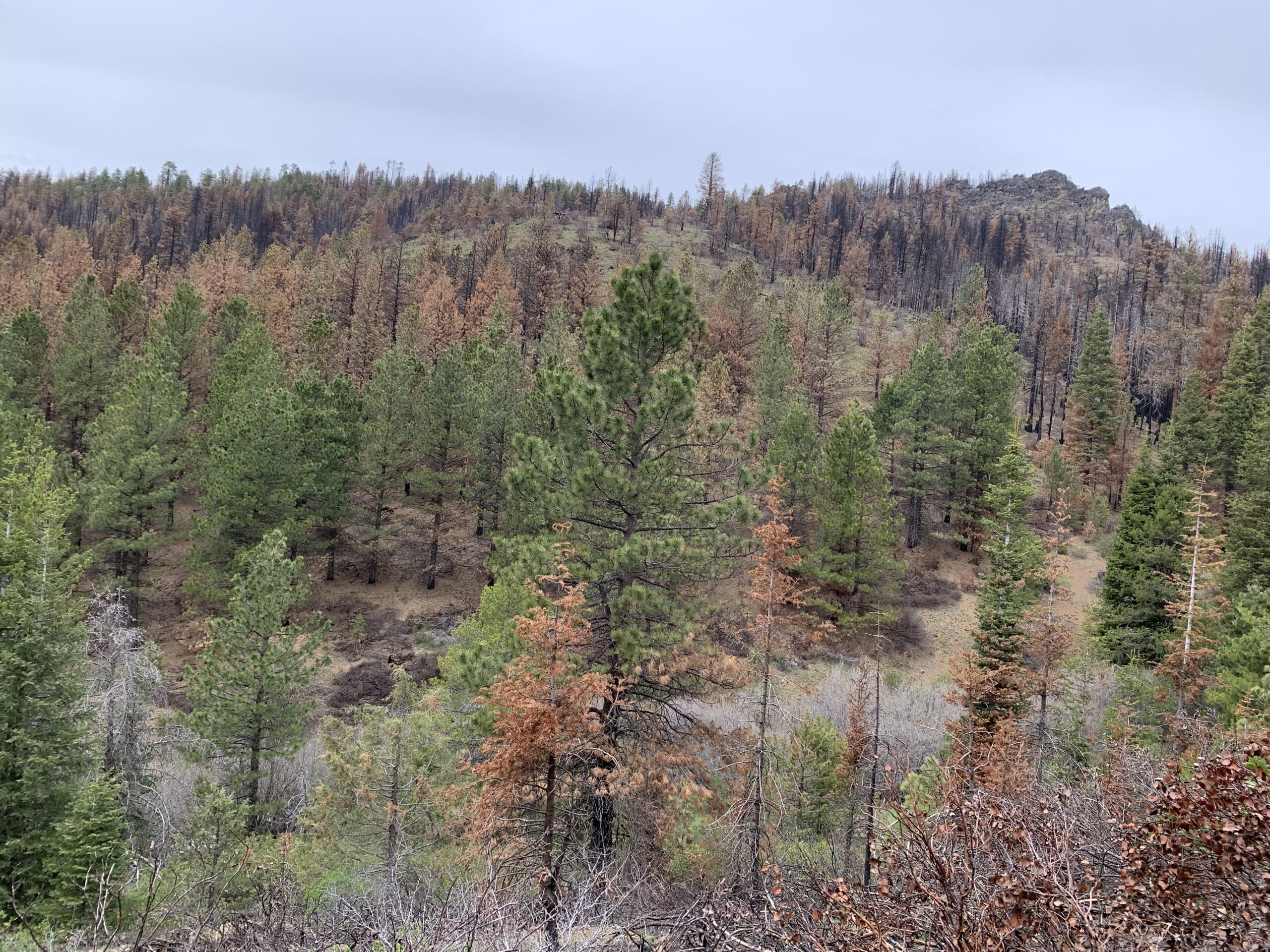The Conservation and Land Management internship has been beneficial in gaining experience working with various aspects of fisheries and wildlife conservation and management in conjunction with the Klamath Falls Fish and Wildlife Office. The opportunity to work alongside biologists and hatchery staff has led to gaining knowledge and experience working with species that are important to the local ecosystems in the area, whether it be Bull Trout, Brook Trout, Lost River sucker, shortnose sucker, and Canada Geese.

The first project consisted of using an electrofishing backpack to shock an area of Deming Creek Trail for Bull Trout. The purpose of electrofishing is to collect data regarding the abundance, species composition, health, and density of a fish population in any given area. The task involved using a backpacking unit in the stream to shock fish, catch the shocked fish in nets, and estimate the size lengths of each individual caught. With it being my first experience trying to net fish after they had been electroshocked by the backpack shocker, developing a quick reaction time to net the stunned fish was a must. As the day went on, we had better success rates in netting fish, which led to more accurate data for the study area.
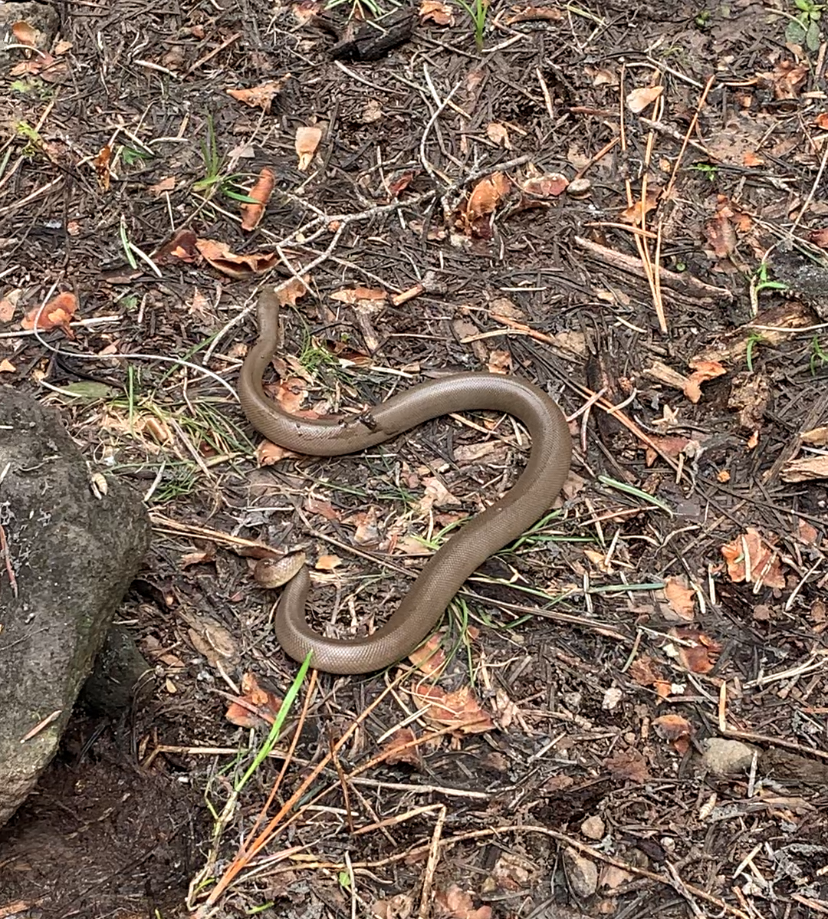
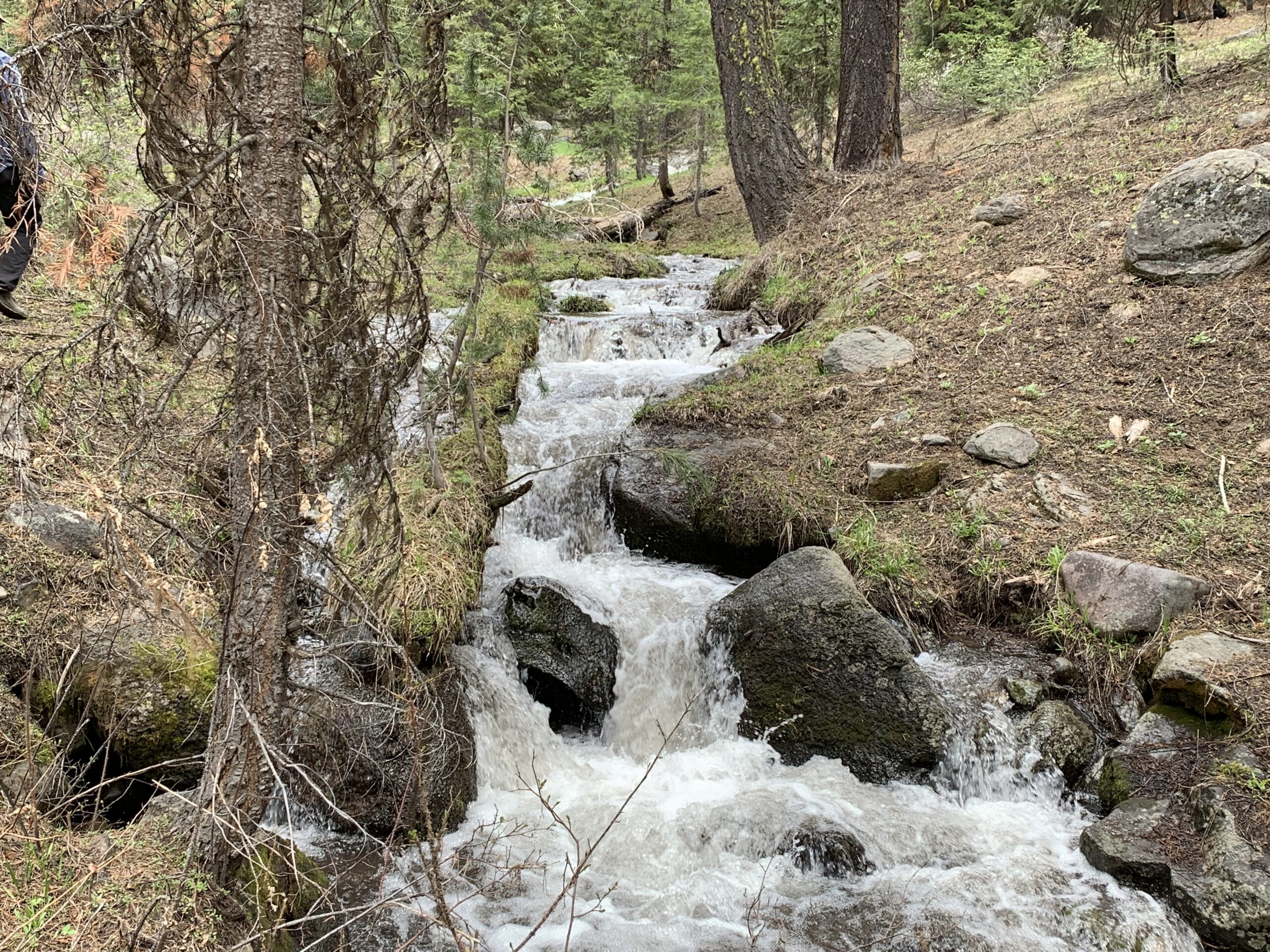
The second occasion of backpack electroshocking consisted of shocking wilderness streams for Brook Trout. With it being my first time getting to use an electrofishing backpack, it was definitely a learning experience. Looking for pools of calm water in the stream, whether it be along the banks of the stream or areas that are directly below large objects, such as boulders, were prime spots that typically held fish. Being able to recognize where the fish might be located helped the success rate of capture and, ultimately, data collection. The downside of using the electroshocking backpack for the first time was learning how to maneuver through a fast-flowing stream carrying the backpack while maintaining balance at the same time. When electrofishing, once shocked fish were caught, gaining experience using a PIT Tag reader, along with processing fish via PIT Tagging, weighing, and measuring the total length of each fish was beneficial for a future career in the fisheries field.

A project that the intern program was able to assist in conjunction with Klamath Fish Hatchery consisted of working with the shortnose sucker and Lost River sucker. The task involved operating a skiff boat on the Williamson River and catching fish larvae with dip nets and storing them in coolers. Being out on the water, we were able to obtain experience driving the boat down the Williamson River, as well as loading the boat onto the trailer at the end of the day. Being able to obtain boating experience was awesome, as knowing how to operate and load a boat is highly sought after in the fisheries and wildlife field. Once returned to the hatchery with coolers filled with fish larvae, the larvae were individually counted and put into rearing tanks. Although counting each individual fish for a couple hours per day was draining, it was exciting knowing that our work is helping with the conservation of each species, as the two species of suckers are currently endangered.
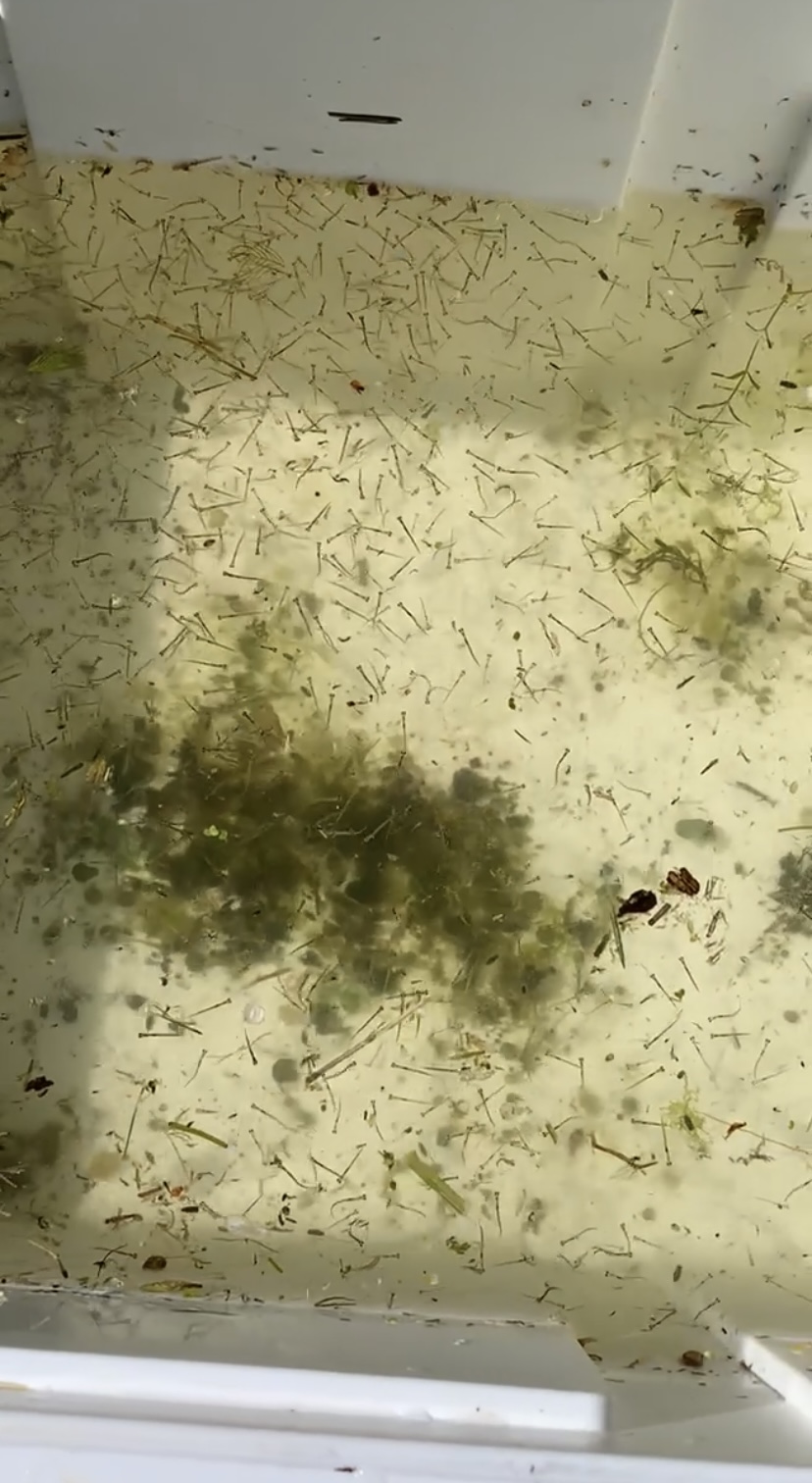
One of the more adventurous projects consisted of going out snorkeling to look for Bull Trout. Coming from the desert in New Mexico where it is very dry, I have never gotten the chance to go snorkeling. Although the water was super cold and we didn’t catch a glimpse of any Bull Trout, being able to see schools of Speckled Dace in the water swimming around was awesome. The benefit of snorkeling was it helped sharpen our fish ID skills while we were identifying fish species in aquatic habitats.
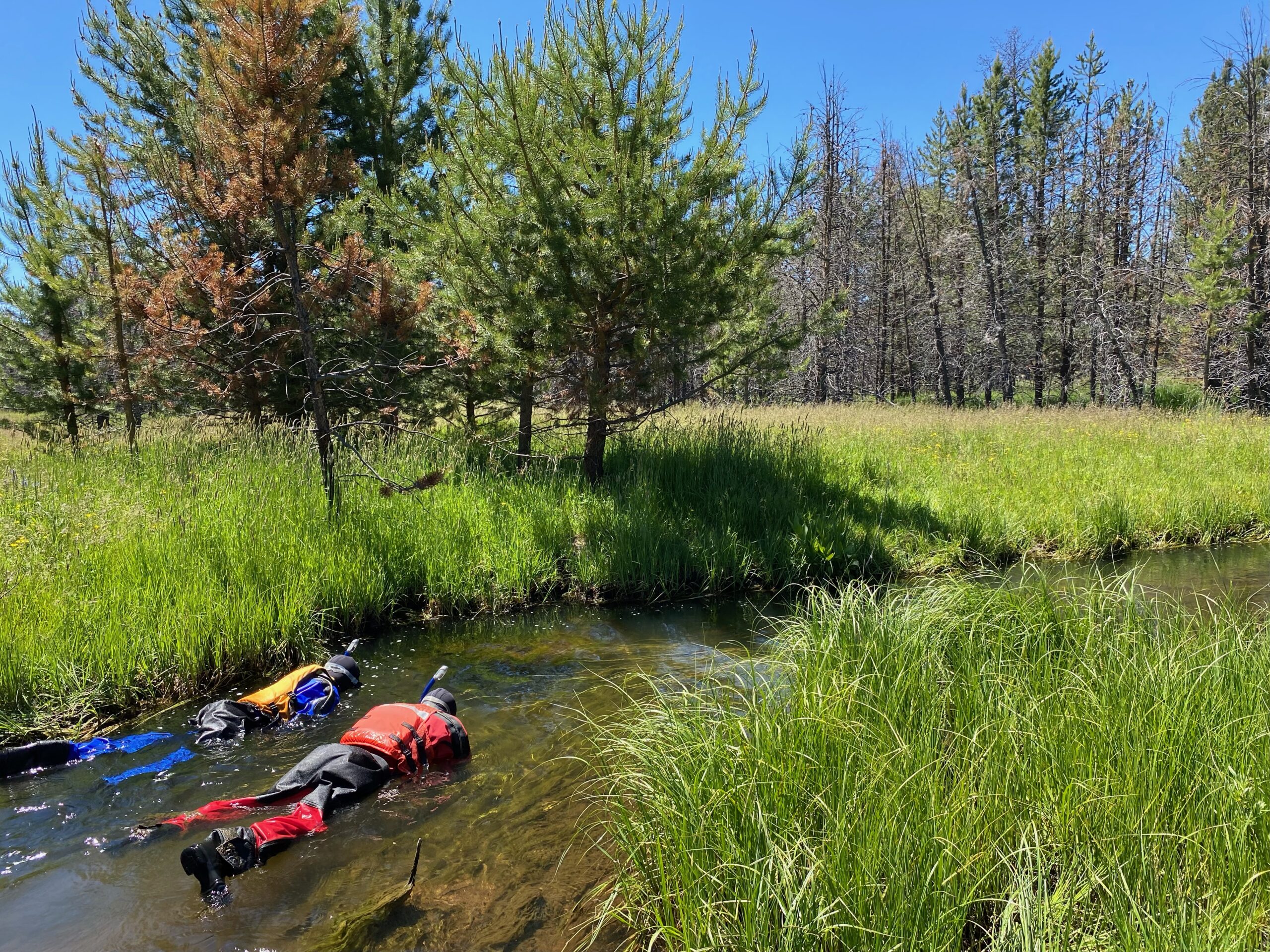
One of the last projects we have completed recently involved banding geese in conjunction with a local wildlife refuge. Banding is a useful tool to gather data on breeding and wintering distribution, behavior, reproduction, survival, and migratory routes of migratory birds. The task involved using kayaks to direct flocks of geese that were on the water toward the shoreline where a fenced pen was set up. It took a lot of patience trying to keep the flock together as much as possible while also trying to push the flock towards the shore. Once the geese were on the shore and enclosed within the holding pen, it got hectic really quick. The process consisted of picking up each individual goose from the pen, determining the sex and age (i.e., hatch-year, mature), banding the goose, and returning it to the water. Over the last couple of days of geese banding, the process has gone a lot smoother as I have gotten more experience banding the birds.
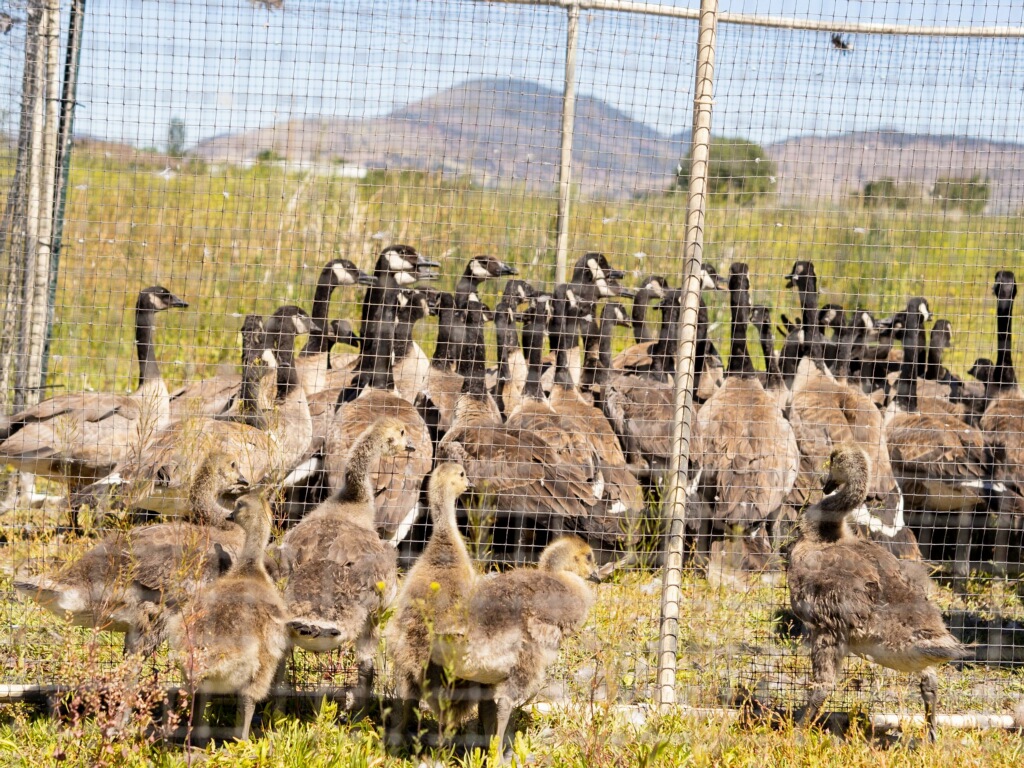
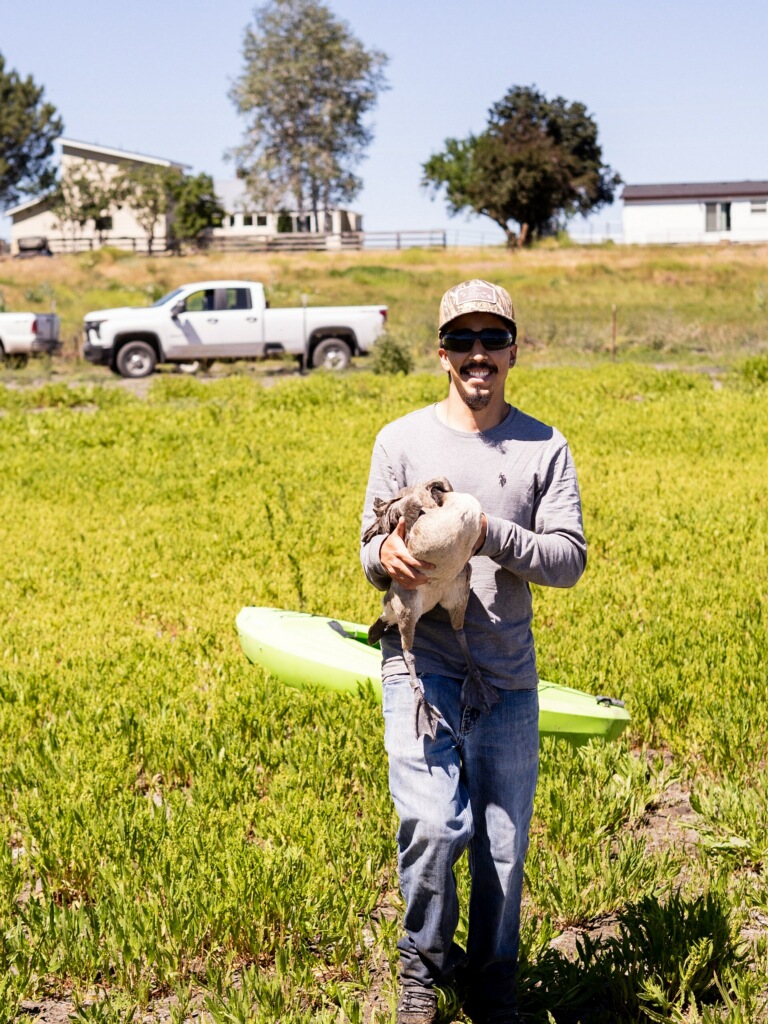


In conclusion, the conservation and land management internship has been really enjoyable, along with being beneficial in getting to experience helping with numerous fisheries and wildlife projects that the Klamath Falls Fish and Wildlife Office conducts on a daily basis. Although a job within the fisheries and wildlife field can be stressful at times, especially if one is moving from seasonal job to seasonal job with no luck on permanent employment, the projects that are conducted within a job can be very rewarding at times, in which I would recommend this type of fieldwork to any individual searching for a career path.
